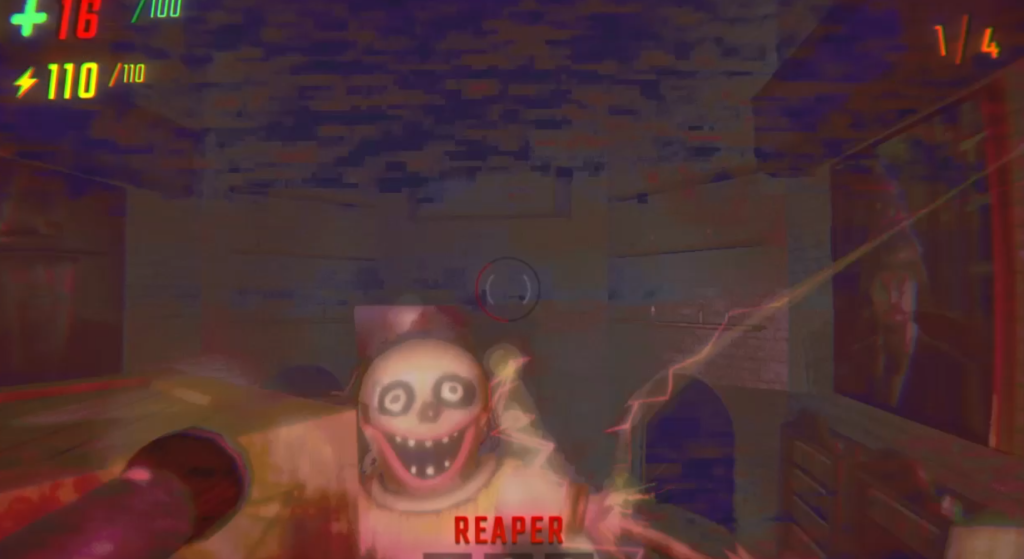User interface is used in many different industry’s not just within the games industry. It is a tool for users to be able to navigate a form of digital media, it is used in websites, programs and most relevantly games design. But what makes UI designs in games different from typical UI designs.
Narrative can play an important role even in the UI, not all UI elements are directly connected to the narrative but some can directly effect it. Certain aspects of the UI such as icons and visual prompts can be used to drive the narrative of a game along and therefore have an important role within the narrative itself. Even within games that don’t have a strong narrative UI can still help to build upon the Gameworld itself. When creating UI/UX more closely related to the narrative or Gameworld I need to be cautious in having it fit seamlessly into the Gameworld.
As i have said not all aspects of UI can be tied into the narrative, this is because these aspects of the UI are not something the game worlds character is aware of. Essentially any UI related to world build or narrative is due to its connection to the player character, and anything that the player character directly interacts with should fit the tone of the game.

- Diegetic components
Diegetic Components in UI are included though both the games story and within the Gameworld. They are cues which provide the player information throughout the game without being a distraction from the overarching story or gameplay. These cues can be visual or auditory and are typically something the player character is aware of. Having the player character being aware of these UI elements in game is what defines them as ‘diegetic’ components.
- Non-diegetic components
Non-diegetic components are essentially the opposite of diegetic components. It is UI not seen within the game space and therefore not within the narrative. User interface elements often categorised into this would be the main menu or settings screen. It is something that only the player will interact with and the player character itself it not aware of. This doesn’t mean these Ui elements shouldn’t align with the rest of the game. In my pervious research into menu and settings screens we saw how important visual and tonal consistency is important even when designing something not directly related to the Gameworld as it otherwise directly impact the players immersion.
- Spatial components
Spatial components in UI is can be defined as something that exists within the game space and world but is not directly related to the narrative or player character itself. An example of this would be in the game sims where there is a ‘plumbob’ displayed above the characters head.

The UI design of the ‘plumbob’ within the game is only visible to the player, it still exists within the Gameworld yet is not something that the player character is canonically aware of.
- Meta components
Meta components that something that exists within the narrative but not the Gameworld itself. Meta components can often verge upon breaking the fourth wall for the player as it is something that only they experience. An example of this would be blood splatters or a change in the tone of the screen on the viewpoint of the player character to indicate that they are low on health. Techniques like these are employed in almost every videogame as they are an effective way of communicating to the player what is happening.
The game repo implements this in a way that directly reflects the style of the game. Its visual style is very fussy and likened to that of an old TV screen, when your player takes damage this effect is amplified and the player experiences a ‘glitch’ on the screen to indicate they have taken damage.

Incorporating a variety of UI styles whilst being able to maintain consistency with the overall aesthetic of the game not only enhances player immersion but also serves as an effective means of communication to the player. When designing UI/UX is is essential to consider both visual consistency and their functionality within the game.